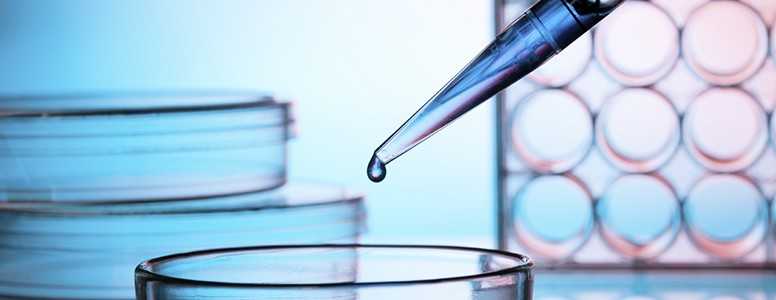A molecule that mimics a naturally-occurring glycoprotein found in Arctic fish could significantly improve the efficacy of islet cell transplantation for type 1 diabetes patients.
Islet cell transplantation can leave people with type 1 diabetes free from insulin injections, but immunosuppressant drugs are required to prevent the pancreas rejecting foreign islet cells.
Anti-aging glycopeptides (AAGP) are molecules developed by Canadian biotechnology company Protokinetix. AAGP enables fish to resume their lifecycle in the spring after being frozen in the winter.
Researchers at the University of Alberta’s (UA) Faculty of Medicine and Dentistry, Canada found that by soaking islet cells in AAGP for an hour and washing it off before transplantatio, the cells were protected from an antirejection drug, known as tacrolimus, which is toxic to islets.
Lead author James Shapiro, Canada Research Chair in Transplant Surgery and Regenerative Medicine at UA, explained that human islets normally fail to release insulin when exposed to tacrolimus in the petri dish.
“When we add the AAGP and wash it all off, the cells work perfectly normally, and are protected in a remarkably durable manner,” he said. “We find we need far fewer cells to treat diabetes in our preclinical models than we would normally.”
Shapiro added that using AAGP could lead to a greater number of islet cells surviving transplantation into patients, allowing more people with type 1 diabetes to be treated.
“Just a one hour soak in AAGP is enough to protect the islet cells for up to a month or two afterwards. It has a very potent and profound effect,” said Shapiro.
If the efficacy of AAGP is proven in clinical trials, Shapiro believes it could represent a significant step in treating type 1 diabetes through islet cell transplantation.
The findings were published in the online journal Diabetes.
What's new on the forum? ⭐️
Get our free newsletters
Stay up to date with the latest news, research and breakthroughs.






